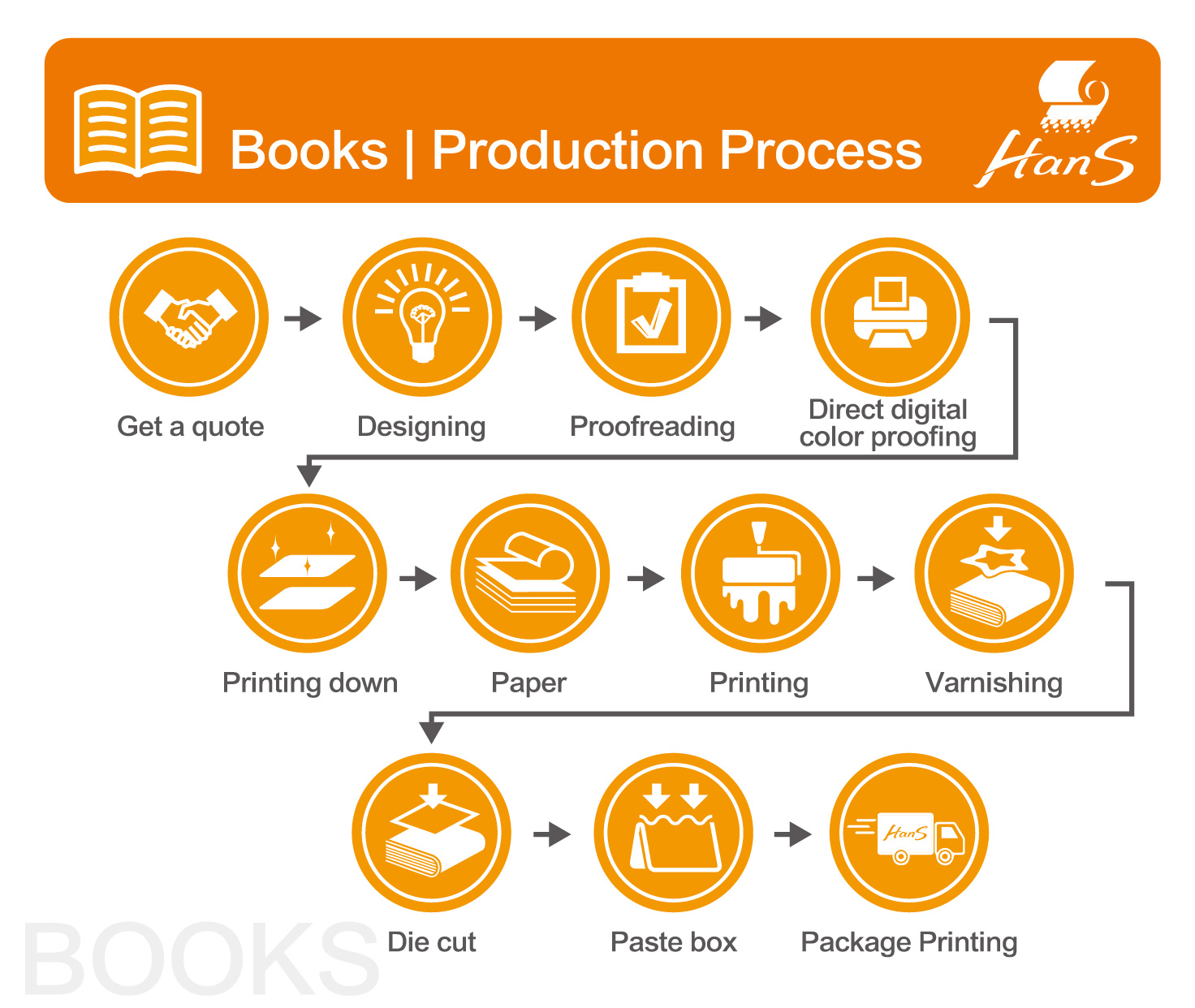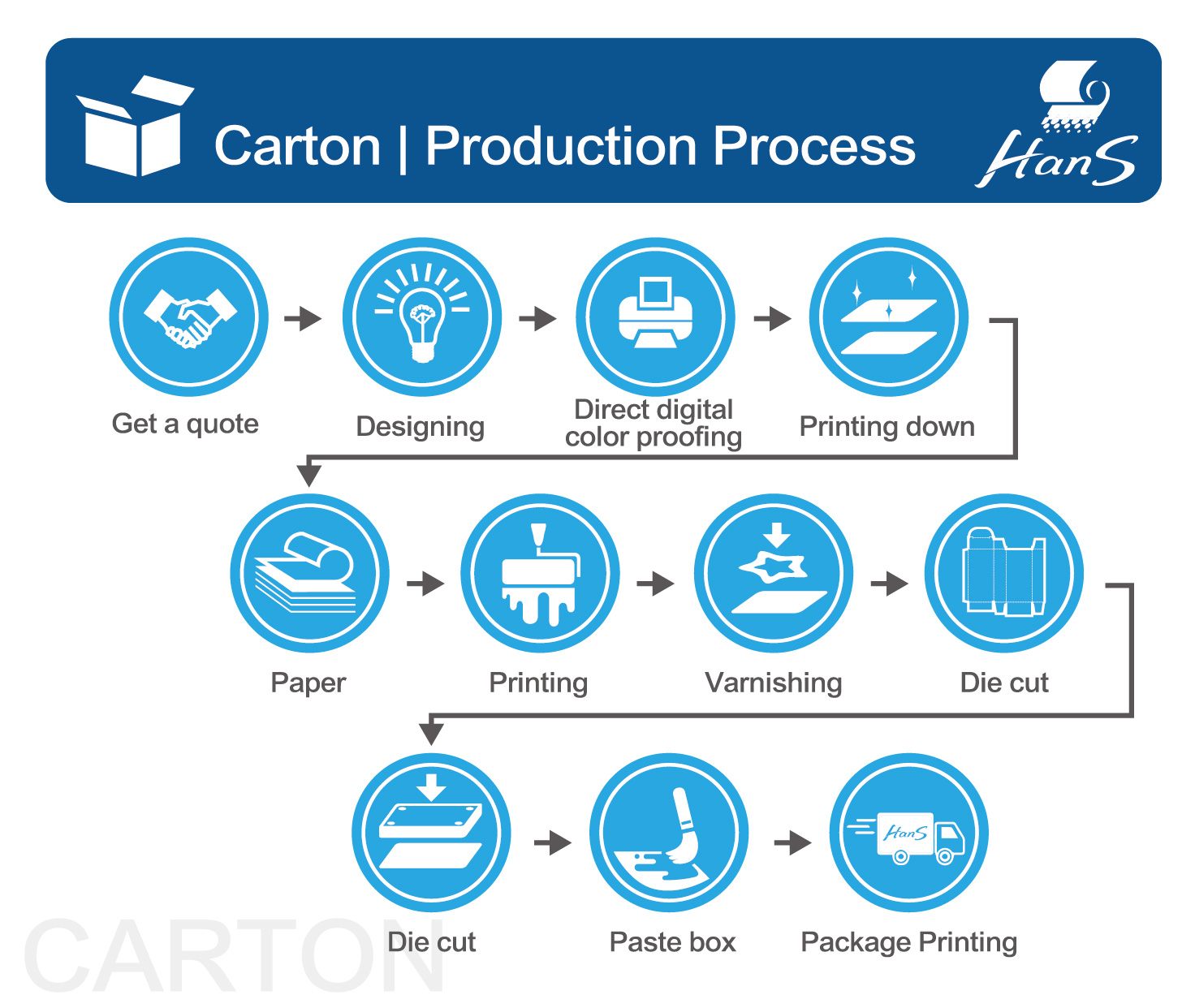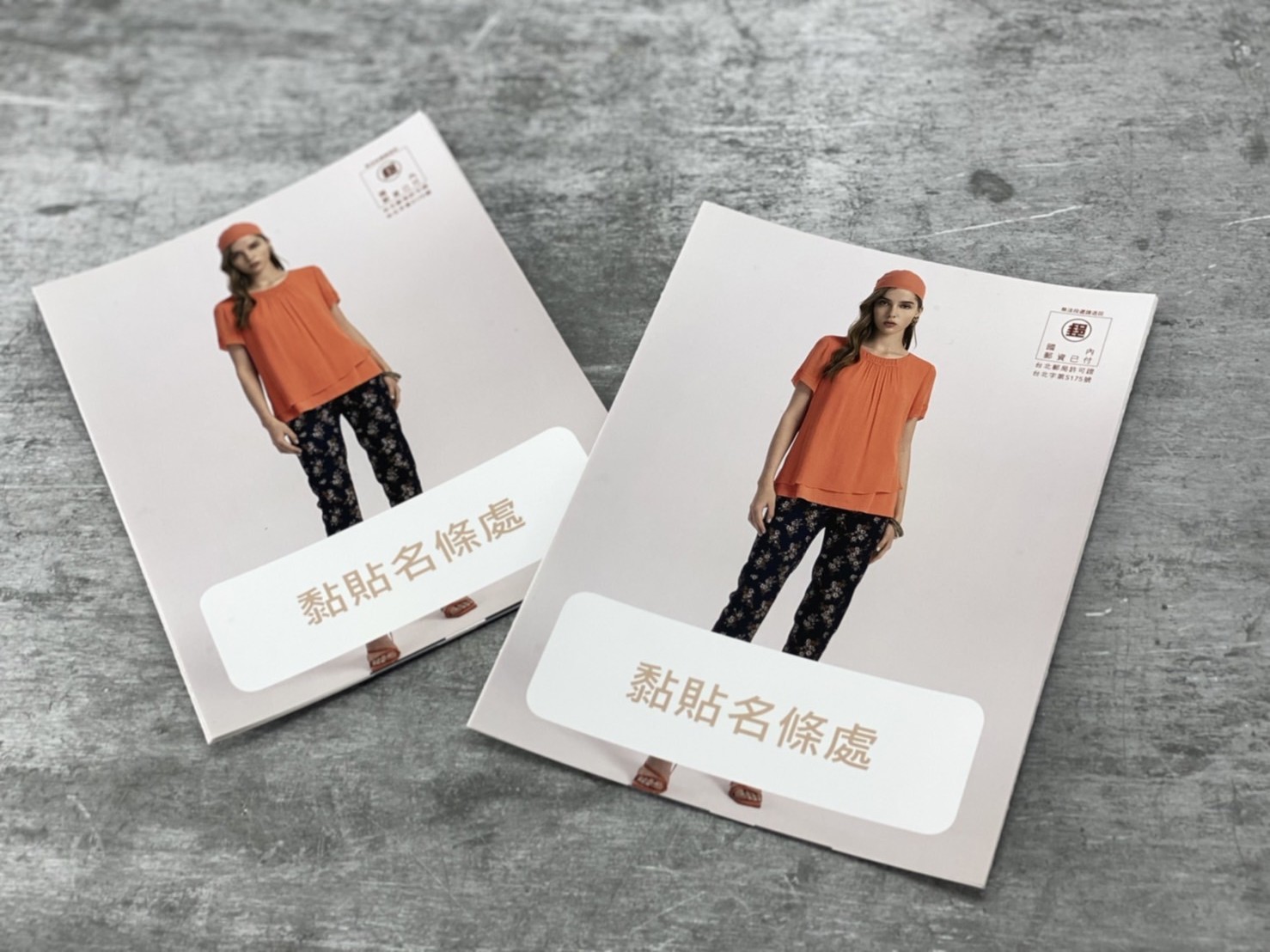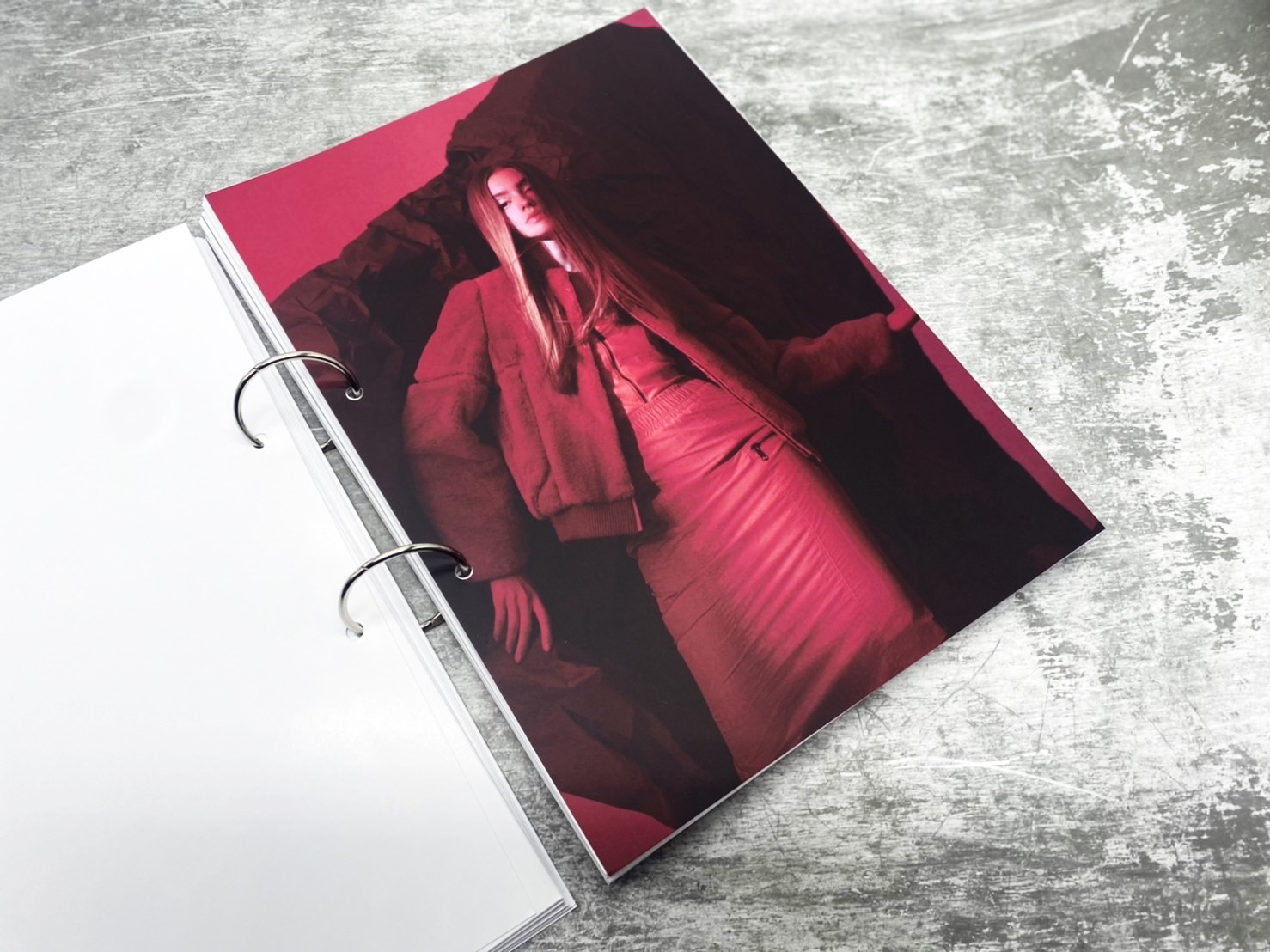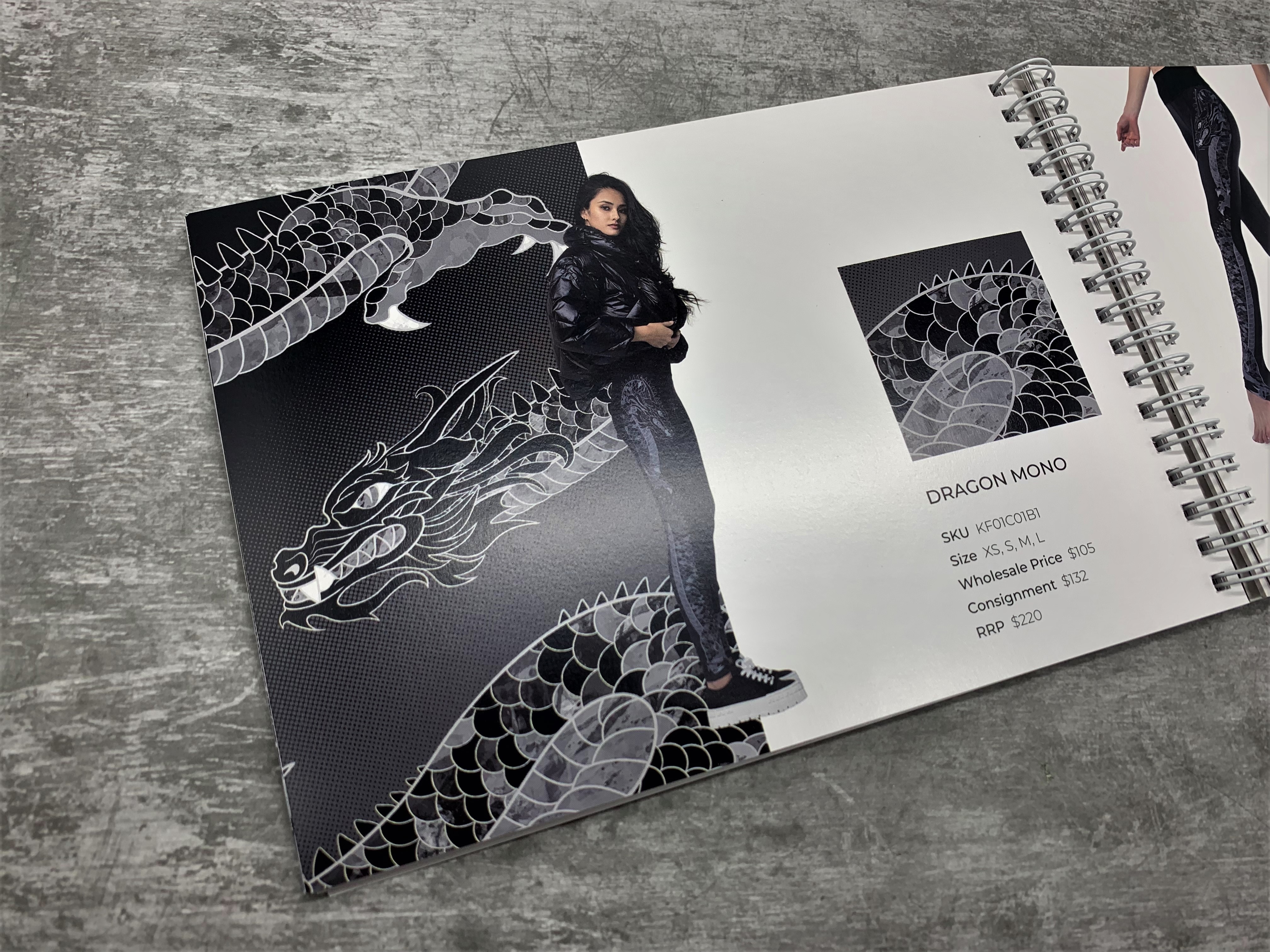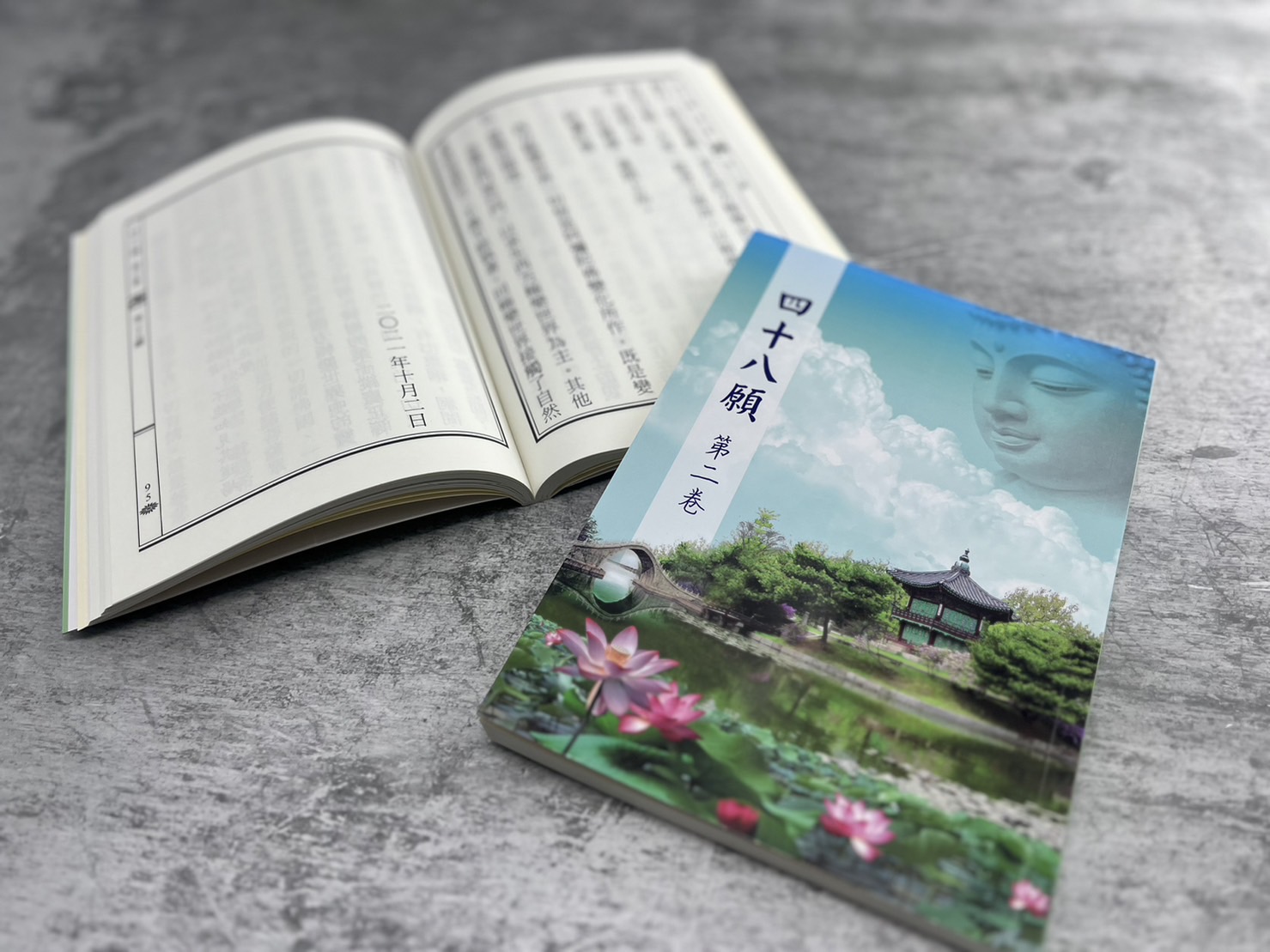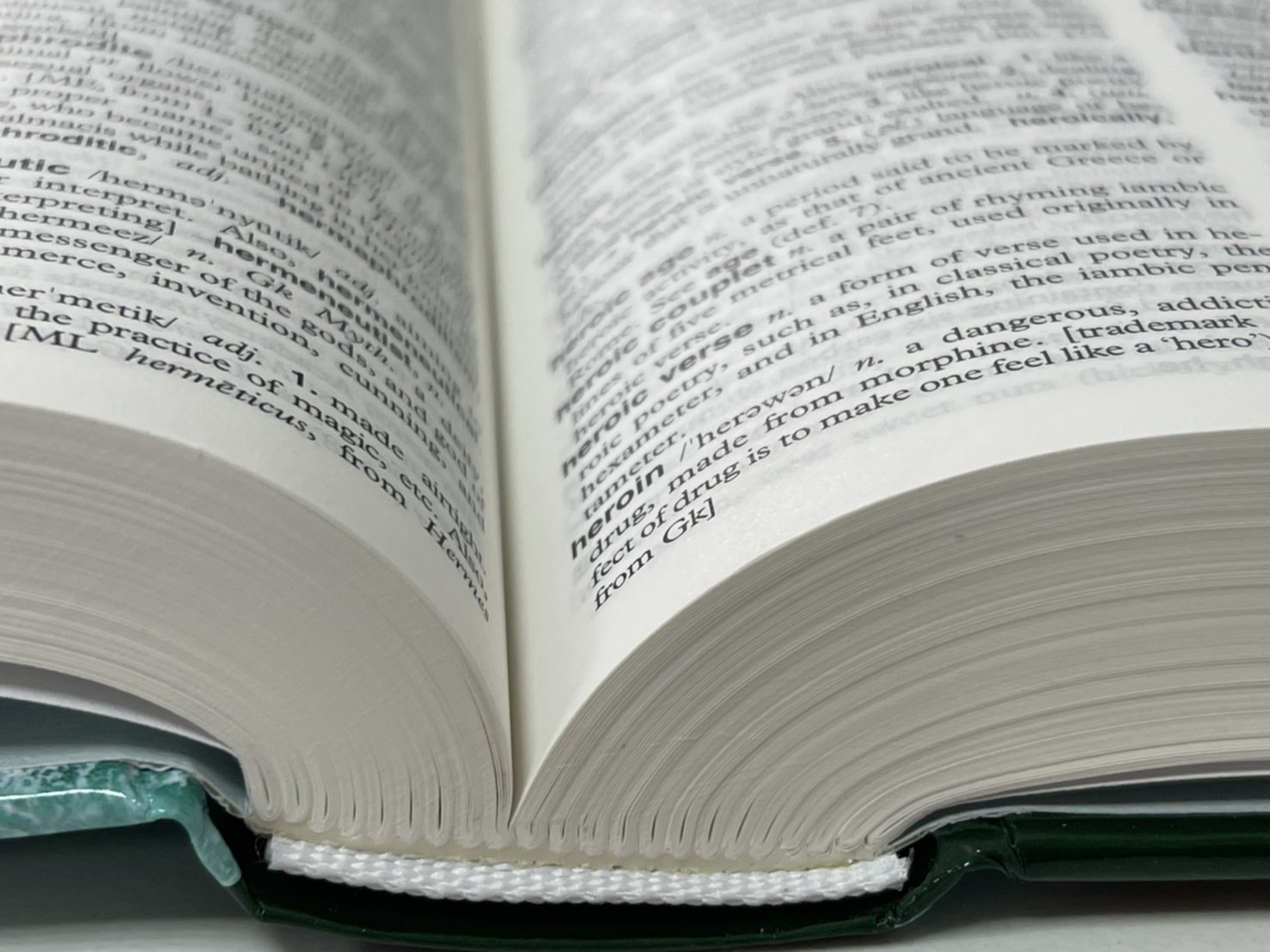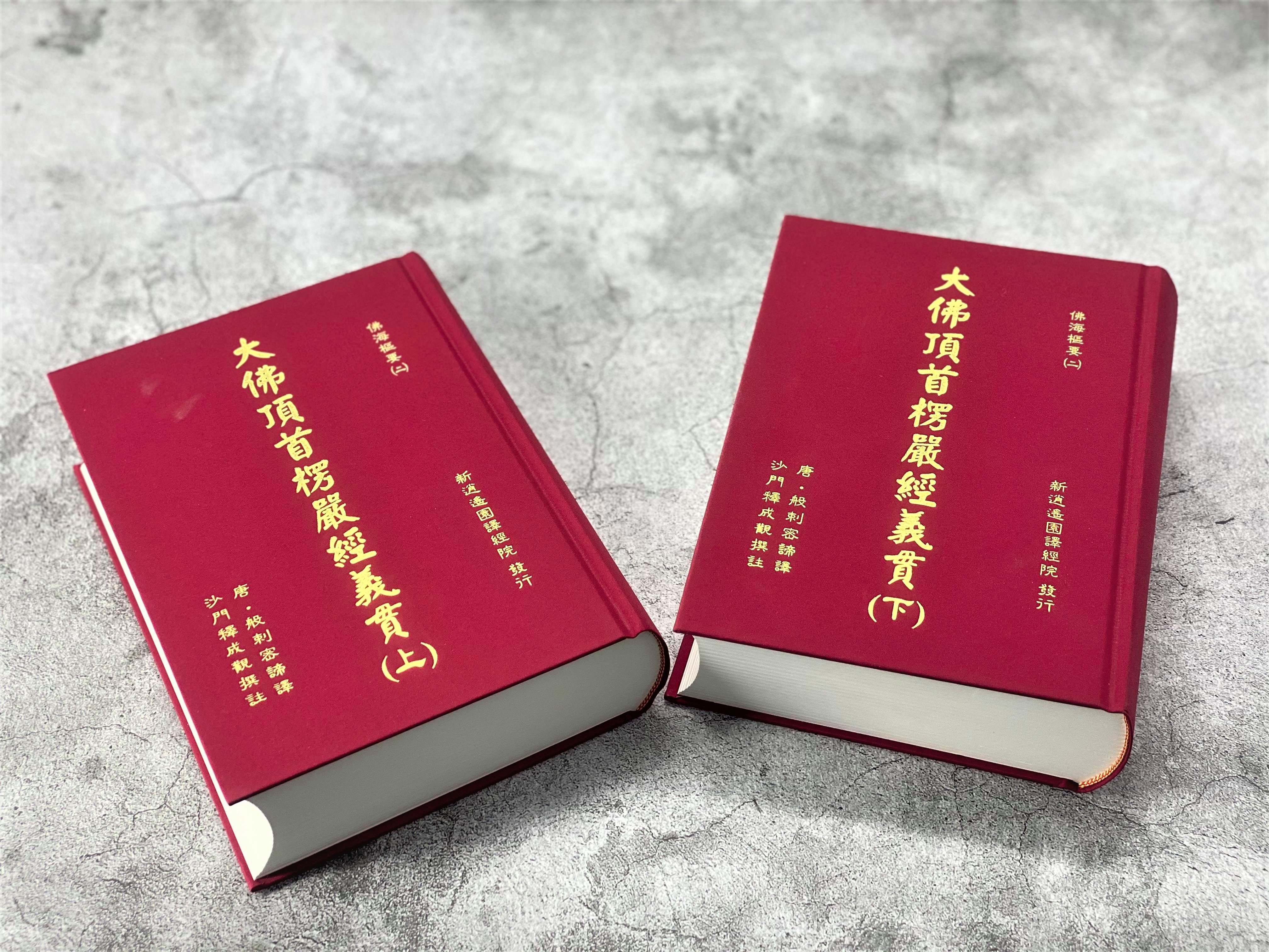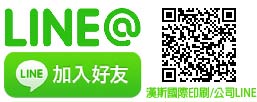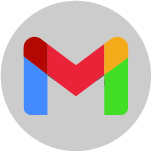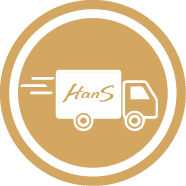Introduction To Bookbinding
-
sentiment_very_satisfied
Viewers:
- 0
Each binding method has its unique advantages and is suited for different types of print projects. Selecting the right method depends on your project’s requirements, budget, and desired appearance.
Table of Contents
1. Saddle Stitched BindingDescription:- Pages are folded and nested inside each other, then stapled through the fold along the spine. Advantages:- Cost-effective and quick to produce. - Allows the booklet to lay flat when open. Best Uses:- Magazines, brochures, catalogs with fewer pages. Limitations:- Not suitable for thick books (typically under 80 pages). - Less durable for frequent use. |
|
2. Wire-O BindingDescription:- Double loop wire is threaded through holes punched along the edge of the pages. Advantages:- Professional appearance. - Allows the book to lay flat and the pages to fold back on themselves. Best Uses:- Professional presentations, reports, notebooks, calendars. Limitations:- More expensive than spiral binding. - Wire loops can be damaged if not handled carefully. |
|
3. Spiral BindingDescription:- Plastic or metal coil is threaded through holes punched along the edge of the pages. Advantages:- Durable, lay flat, and fold back. - Suitable for a wide range of page counts. Best Uses:- Manuals, guides, notebooks, calendars. Limitations:- Less formal appearance compared to perfect or wire-o binding. |
|
4. Perfect BindingDescription:- Pages are glued to a spine made from a heavy cardstock cover. Advantages:- Clean, professional appearance with a square spine. - Printable spine for titles and branding. Best Uses:- Paperback books, catalogs, reports. Limitations:- More expensive than saddle stitching. - Adhesive can weaken over time. |
|
5. Sewn Perfect BindingDescription:- Combines sewing the pages together with a glued spine for added durability. Advantages:- Extremely durable and long-lasting. - Professional appearance with the added strength of sewn pages. Best Uses:- High-quality books, journals, premium publications. Limitations:- More expensive and time-consuming to produce compared to regular perfect binding. |
|
6. Hardcover BindingDescription:- Pages are sewn together and attached to a hardcover case made of cardboard covered with cloth, paper, or leather. Advantages:- Extremely durable and long-lasting. - Offers a high-end, professional appearance. Best Uses:- Hardcover books, special editions, photo albums, yearbooks. Limitations:- Most expensive binding method. - Longer production time compared to other binding methods. |
|
| Appearance | Durability | Cost | Best Uses | Limitations | |
| Saddle Stitched |
Simple, clean |
Moderate | Low | Magazines, brochures, catalogs | Not suitable for thick documents |
| Wire-O Binding | Professional, functional | High | Higher | Presentations, reports, journals, calendars | More expensive than spiral binding |
|
Spiral Binding |
Informal, functional | High | Moderate | Manuals, guides, notebooks, calendars | Less formal appearance |
| Perfect Binding | Professional, square spine | High | Moderate | Paperback books, catalogs, reports | Adhesive can weaken over time |
| Sewn Perfect Binding | Professional, durable | Very high | Higher | High-quality books, journals, premium publications | More expensive and time-consuming |
| Hardcover Binding |
Premium, very durable |
Very high | High | Hardcover books, special editions, photo albums | Most expensive, longer production time |
From planning and filing to the completion of printed matter, printing must go through many procedures, combined with the professional skills of countless people, such as graphic designers, commercial photographers, copywriters, typewriters, artists, color separation technicians, printing technicians, Public workers, printing technicians, bookbinding, varnishing and various processing technicians, etc., without any one, can not successfully complete the printed matter, so they are all important contributors.
We assist many enterprises and organizations in the integrated planning and production of printed materials, focusing on providing comprehensive printing integration services, helping you think more, do more, and win more under limited time and money.
